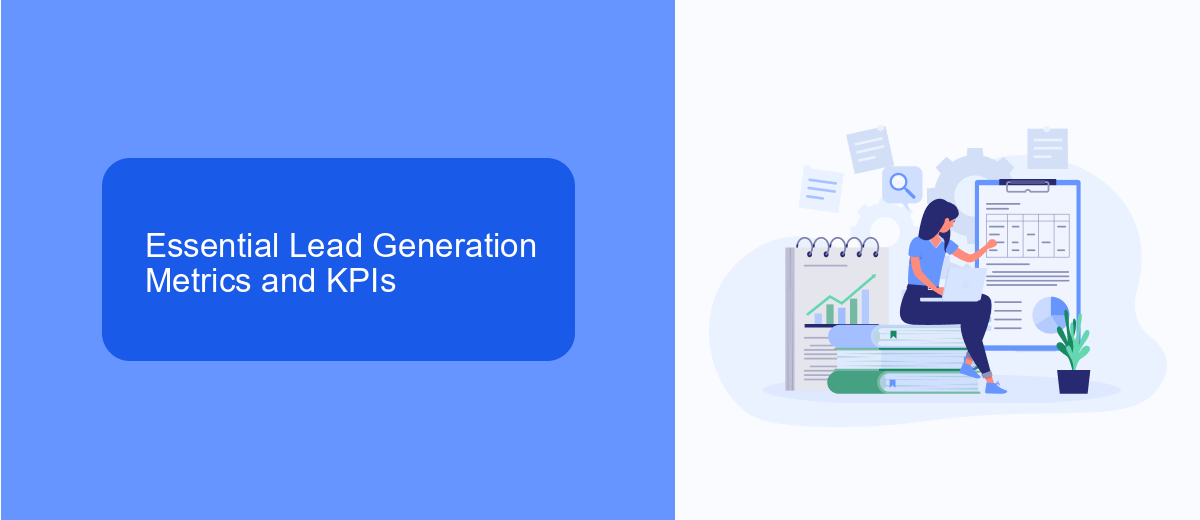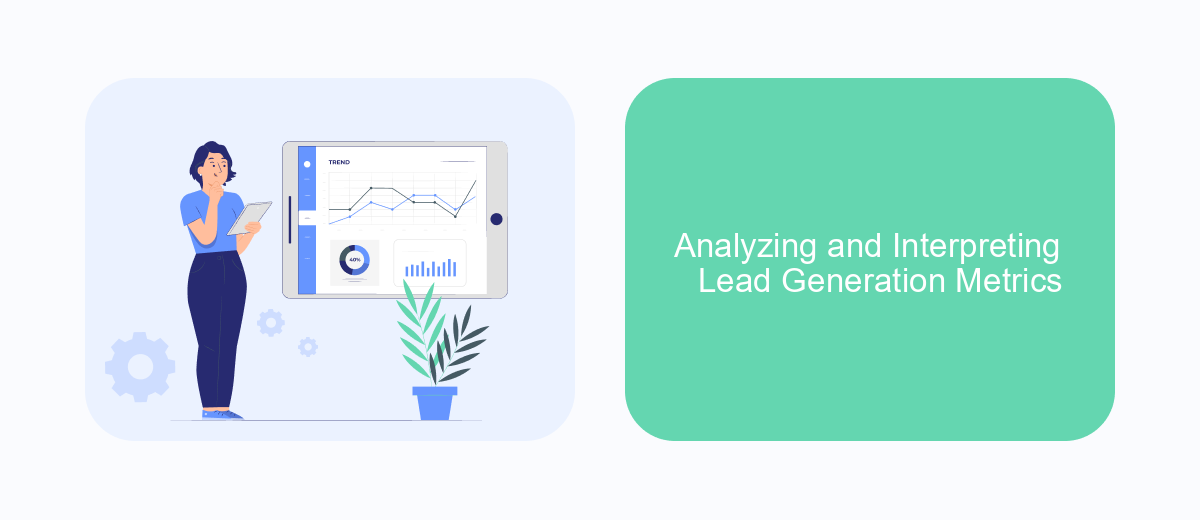In the ever-evolving landscape of digital marketing, understanding and optimizing lead generation metrics is crucial for business success. These metrics provide valuable insights into the effectiveness of your marketing strategies and help identify areas for improvement. By analyzing key performance indicators, businesses can enhance their lead generation efforts, ultimately driving more qualified leads and increasing conversion rates. In this article, we explore essential lead generation metrics and their practical applications.
Understanding Lead Generation Metrics
Understanding lead generation metrics is crucial for businesses aiming to optimize their marketing strategies and improve sales outcomes. These metrics provide insights into how effectively a business is attracting, engaging, and converting potential customers. By analyzing these metrics, businesses can identify successful tactics and areas needing improvement, ultimately enhancing their overall lead generation process.
- Conversion Rate: The percentage of visitors who become leads.
- Cost per Lead (CPL): The total cost of generating a lead.
- Lead Quality: The potential of a lead to convert into a paying customer.
- Lead Source: The origin of the lead, such as social media, email campaigns, or organic search.
- Time to Conversion: The average time it takes for a lead to convert into a customer.
By regularly monitoring and analyzing these metrics, businesses can make informed decisions about where to allocate resources and how to refine their marketing efforts. This leads to more efficient lead generation processes, higher conversion rates, and ultimately, increased revenue. Understanding and leveraging these metrics is essential for any business looking to thrive in a competitive market.
Essential Lead Generation Metrics and KPIs

Understanding essential lead generation metrics and KPIs is crucial for optimizing your marketing strategy. Key metrics include Conversion Rate, which measures the percentage of visitors who become leads, and Cost Per Lead (CPL), which calculates the total cost of acquiring a lead. Monitoring these metrics helps in assessing the effectiveness of your campaigns and identifying areas for improvement. Additionally, tracking the Lead-to-Customer Conversion Rate provides insights into how well your sales team converts leads into paying customers, offering a comprehensive view of your sales funnel efficiency.
Integrating various tools and platforms can significantly enhance your ability to track and analyze these metrics. Services like SaveMyLeads simplify the integration process, allowing seamless data flow between your lead generation tools and CRM systems. This ensures that all relevant data is captured and analyzed in real time, enabling more informed decision-making. By leveraging such integrations, businesses can streamline their lead management processes, improve response times, and ultimately boost their lead conversion rates.
Channel-Specific Lead Generation Metrics

When it comes to lead generation, understanding the effectiveness of different channels is crucial for optimizing marketing strategies. Channel-specific metrics allow businesses to evaluate how well each platform contributes to generating leads, helping to allocate resources more efficiently. By focusing on these metrics, companies can tailor their approaches to maximize results and minimize costs.
- Conversion Rate: This measures the percentage of visitors who become leads through a specific channel. A higher conversion rate indicates more effective targeting and messaging.
- Cost Per Lead (CPL): This metric calculates the average cost to acquire a lead from a particular channel. Lower CPL values suggest more cost-effective lead generation strategies.
- Lead Quality: Evaluating the quality of leads from each channel is essential. High-quality leads are more likely to convert into customers, making this a critical metric for assessing channel performance.
By analyzing these channel-specific lead generation metrics, businesses can identify the most productive platforms for their marketing efforts. This insight enables them to focus on channels that yield the best return on investment, ensuring a more strategic allocation of marketing resources and ultimately driving better business outcomes.
Analyzing and Interpreting Lead Generation Metrics

Understanding and interpreting lead generation metrics is crucial for optimizing marketing strategies and improving conversion rates. By analyzing these metrics, businesses can gain insights into the effectiveness of their lead generation efforts and identify areas for improvement. This process involves assessing various data points to determine how well your campaigns are performing and what adjustments may be necessary.
One of the first steps in analyzing lead generation metrics is to establish clear goals and benchmarks. This helps in measuring success accurately and provides a reference point for comparison. It's important to consider both quantitative and qualitative data to get a comprehensive view of your lead generation performance.
- Conversion Rate: Measures the percentage of leads that become customers.
- Cost per Lead (CPL): Indicates the financial efficiency of your lead generation efforts.
- Lead Quality: Assesses the potential value and readiness of leads to convert.
- Time to Conversion: Tracks the average duration from lead acquisition to conversion.
By regularly monitoring these metrics, businesses can make informed decisions about where to allocate resources and how to refine their strategies. This ongoing analysis ensures that lead generation efforts remain aligned with overall business objectives and market conditions.


Using Lead Generation Metrics to Improve Performance
Effectively utilizing lead generation metrics is crucial for enhancing overall performance. By analyzing key metrics such as conversion rates, cost per lead, and lead quality, businesses can identify areas of improvement and allocate resources more efficiently. For instance, a low conversion rate might indicate the need for better-targeted marketing strategies or more engaging content. Regularly monitoring these metrics allows businesses to adjust their strategies in real-time, ensuring that efforts are aligned with their goals and yielding the best possible results.
Integrating these metrics into your workflow can be streamlined with the right tools and services. Platforms like SaveMyLeads facilitate seamless integration of lead data across various channels, ensuring that all relevant information is readily accessible for analysis. By automating data collection and integration, businesses can save time and reduce errors, allowing them to focus on strategic improvements. Utilizing such services not only enhances efficiency but also provides deeper insights into lead behavior, ultimately driving better decision-making and improved performance.
FAQ
What are the key metrics to track in lead generation?
How can I improve my conversion rate in lead generation?
What is a lead quality score, and how is it determined?
How can automation tools assist in lead generation?
What is the role of cost per lead in evaluating lead generation success?
If you use Facebook Lead Ads, then you should know what it means to regularly download CSV files and transfer data to various support services. How many times a day do you check for new leads in your ad account? How often do you transfer data to a CRM system, task manager, email service or Google Sheets? Try using the SaveMyLeads online connector. This is a no-code tool with which anyone can set up integrations for Facebook. Spend just a few minutes and you will receive real-time notifications in the messenger about new leads. Another 5-10 minutes of work in SML, and the data from the FB advertising account will be automatically transferred to the CRM system or Email service. The SaveMyLeads system will do the routine work for you, and you will surely like it.
